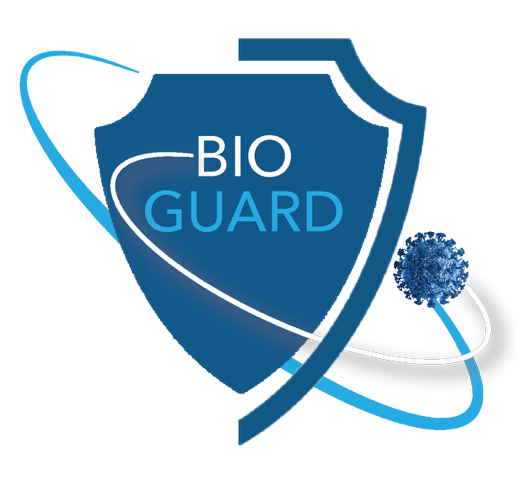A high alkaline detergent for use in washer disinfectors for the removal of heavy surgical soils from medical devices. Suitable for use on alkali resistant surfaces such as stainless steel, ceramics, glass and resistant plastics.
- Home
- Cleaning Machine system
- BIO-ONE
BIO-ONE
- INSTRUTIONS OF USE
- AREAS OF APPLICATION
- FEATURES & BENEFTS
- COMPOSITION
- PRECAUTIONS OF USE
- PACKING TYPES
- PRODUCT CODE
– Dosing range 3-8 ml/lt.
– Cleaning temperature normal.
– Ensure complete rinsing after use.
– Do not mix with other chemicals.
For heavily soiled items such as gynecological and orthopedic
instruments.
Effective for removing blood, fat, grease and oil.
Effective on strongly binding contaminants including burnt
electrosurgical deposits.
Suitable for all types of washer disinfectors.
Prevents protein redeposition.
A high alkaline detergent for use in washer disinfectors for the
removal of heavy surgical soils from medical devices. Suitable
for use on alkali resistant surfaces such as stainless steel,
ceramics, glass and resistant plastics.
- For heavily soiled items such as gynecological and orthopedic
instruments. - Effective for removing blood, fat, grease and oil.
- Effective on strongly binding contaminants including burnt
electrosurgical deposits. - Suitable for all types of washer disinfectors.
- Prevents protein redeposition.
Sequestering Agents, Surfactants
and Corrosion Inhibitors.
– Speciffc gravity (20°C): 1.3 (typical)
– pH as supplied (typical): 12
– pH at 5ml/lt in water (typical): 10.51
– Viscosity (concentrate, 20°C): < 50 cps
1. Handling & Storage
-
FLAMMABLE LIQUID: Keep away from heat/sparks/open flames (flash point: 65°C).
-
VENTILATION: Use in well-ventilated areas; vapor buildup can cause explosive mixtures.
-
STORAGE: Store in cool, dry place; tightly seal containers. Keep away from oxidizers/acids.
-
CONTAINERS: Do not reuse empty containers (hazardous residues remain).
2. Personal Protective Equipment (PPE)
| Exposure Risk | Required PPE |
|---|---|
| Eye/Skin Contact | Splash-proof goggles, face shield + impervious gloves (nitrile/butyl rubber). |
| Inhalation (poor ventilation) | NIOSH-approved respirator with organic vapor cartridges. |
| Skin Protection | Wear protective clothing/aprons to prevent prolonged contact. |
3. Critical Hazards
-
EYE CONTACT: Causes severe irritation/blindness (flush with water for ≥15 mins; seek medical help).
-
SKIN CONTACT: May cause irritation; wash immediately with soap/water. Remove contaminated clothing.
-
INGESTION: Do not induce vomiting. Seek medical attention immediately.
-
INHALATION: Move to fresh air; seek medical help if symptoms persist (dizziness, nausea).
4. Spill & Fire Response
-
SPILLS: Eliminate ignition sources! Contain with inert absorbent. Avoid runoff into drains.
-
FIRE: Use water spray, CO₂, or dry chemical extinguishers. Never use water jets (spreads fire).
-
TOXIC FUMES: Firefighters must use self-contained breathing apparatus (SCBA).
5. Environmental & Disposal
-
DO NOT CONTAMINATE WATER SOURCES. Toxic to aquatic life in high concentrations.
-
DISPOSAL: Dispose via licensed waste contractors. Follow local regulations.
-
1 L : 10 bottels , 1000 ml
-
5 L : 2 gallons , 5000 ml
1L :4021
5L :4013

